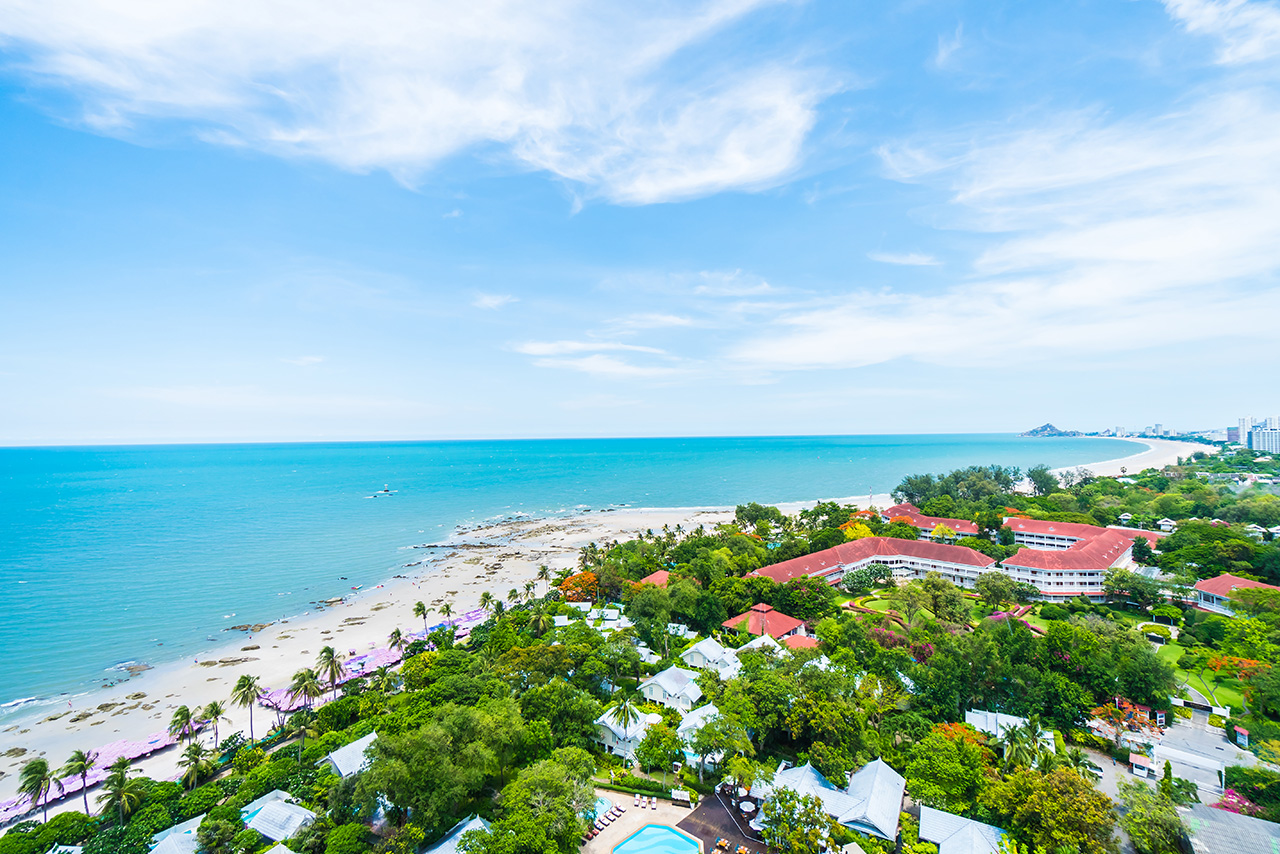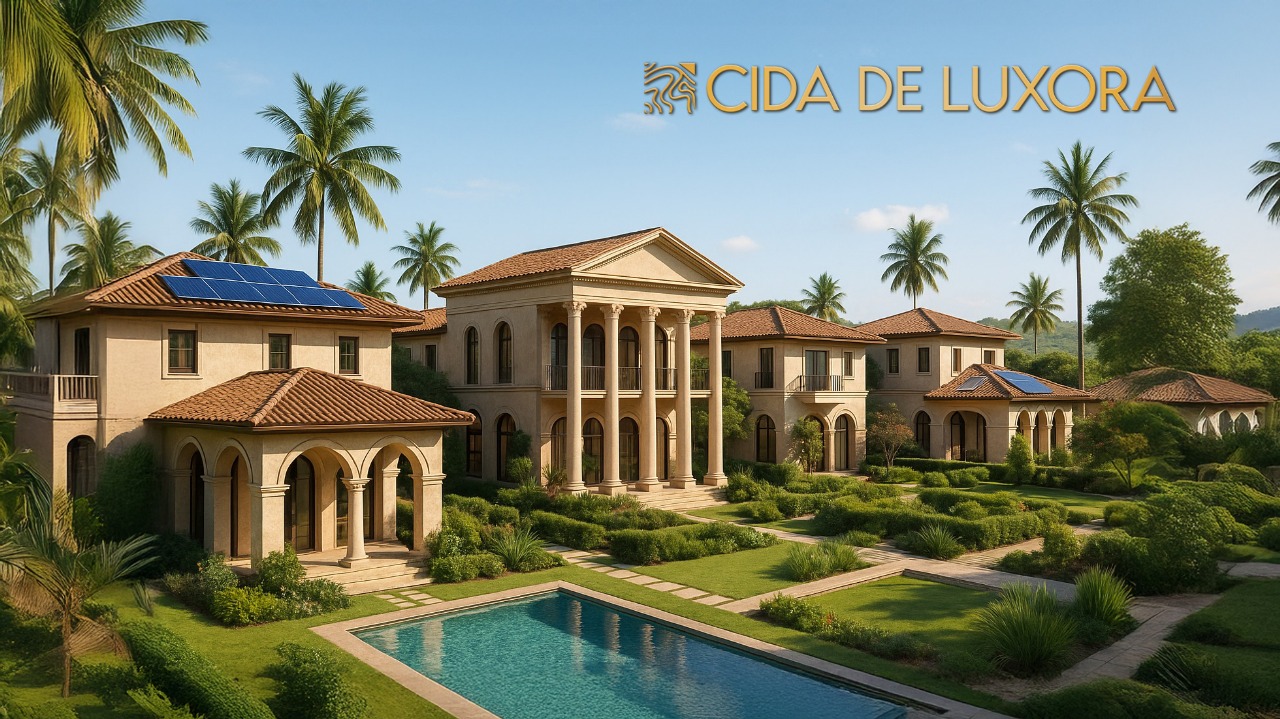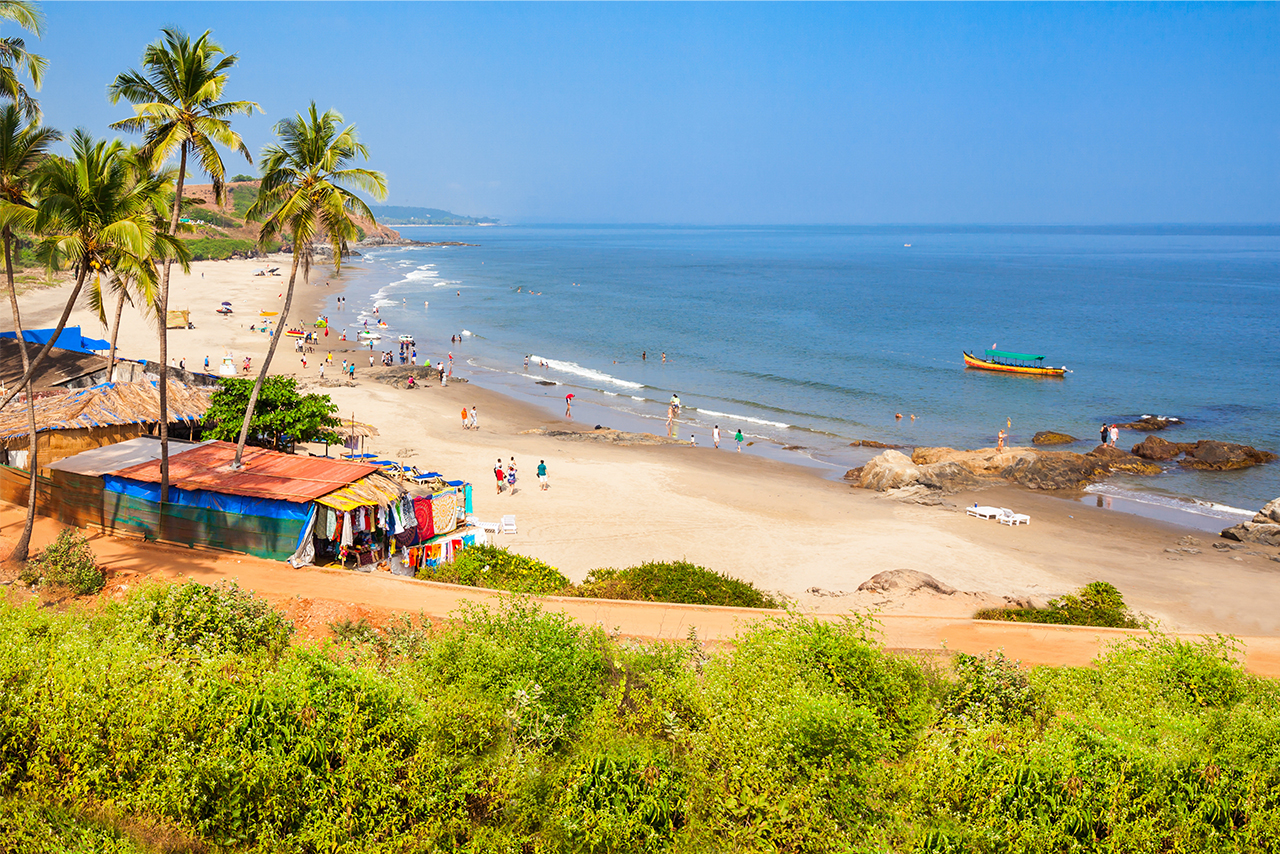We often chase amenities like cafes, hospitals, and supermarkets. But seasoned investors know the real growth lies in pre-amenity zones—areas where livability is being quietly engineered, not loudly marketed.
Table of Contents
ToggleThe Misunderstanding of Livability
When buyers describe a “livable” place, they often point to visible amenities. These are symptoms of growth, not its causes. The true drivers of future livability include:
- Land use policies that enable development
- Proximity to roads and rail for connectivity
- Reliable state electricity grids for infrastructure stability
- Zoning relaxations and non-agricultural (NA) approvals to allow construction
- Multi-state highway access for regional integration
- Civic investment per square kilometer to support public services
In regions like Sindhudurg and the Maharashtra-Goa (Maha-Goa) belt, these indicators are trending upward, signaling untapped potential.
Lessons from Past Livability Curves
Historical examples show how infrastructure precedes demand, creating wealth for early investors:
- Alibaug: Achieved 4x capital appreciation from 2015 to 2022 after the Mumbai-Alibaug sea link planning began.
- North Goa: Saw land values surge by 180% between 2008 and 2013, before villas populated areas like Assagao and Siolim.
- NH-24 Zone 4 (NCR): Tripled investor wealth as infrastructure development outpaced demand.
The Maha-Goa belt is following a similar trajectory, driven by:
- New roads (e.g., SH-180, NH-66 national highway)
- Twin airport access (Mopa and Chipi airports)
- Tourism and infrastructure projects, including a new film city and over ₹350 crore in sanctioned developments (Source: CDL Investor Report, 2024)
Why Maha-Goa is Becoming Livable
Livability isn’t about what’s already built—it’s about who’s planning it and why this region is chosen:
- Goa’s saturation: High costs in Goa push development toward nearby areas.
- Maharashtra’s incentives: Policies encourage growth in border zones like Maha-Goa.
- Pre-funded civic amenities: Tourism-driven investments are laying the groundwork for future infrastructure.
The region is crossing what urbanists call the invisible curve of inevitability—a tipping point where strategic planning guarantees growth.
Key Insight
True livability begins where foresight replaces hindsight.
Maha-Goa isn’t waiting for footfall. It’s laying the foundation for self-sufficient, clean, and curated living. Those who understand urban evolution—from Gurgaon to Siolim—can spot this pattern and seize the opportunity.



